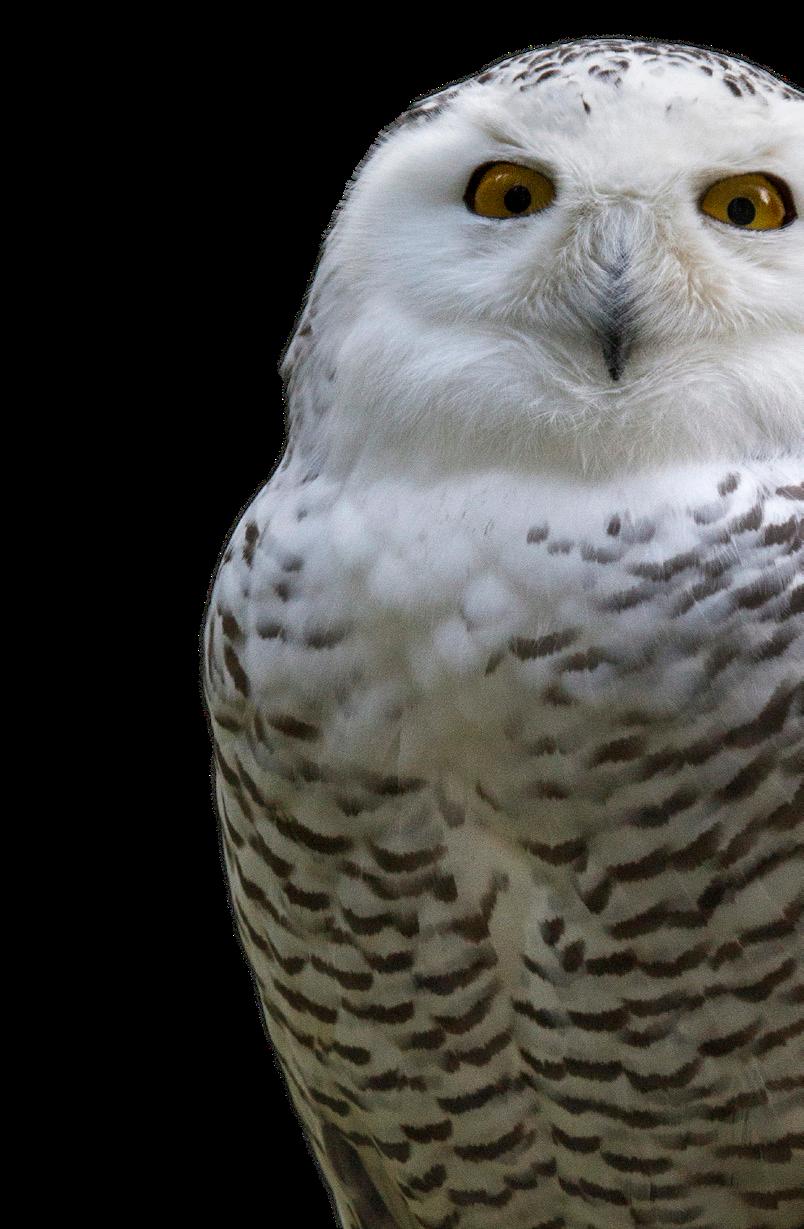
17 minute read
Snowy Owls on the Northern Trail
from MyZoo Fall 2020
SNOWY OWLS
The snowy owl prefers open areas for its breeding range, including tundra and grasslands. During winter it seeks treeless habitat to the south including prairies, marshes or shorelines.


You can help owls—and birds of prey in general—by avoiding the use of pesticides, chemical herbicides, and rodenticides in your yards and gardens. Using these products has an impact on the foods that birds eat—anything ingested by rodents would then be ingested by owls.
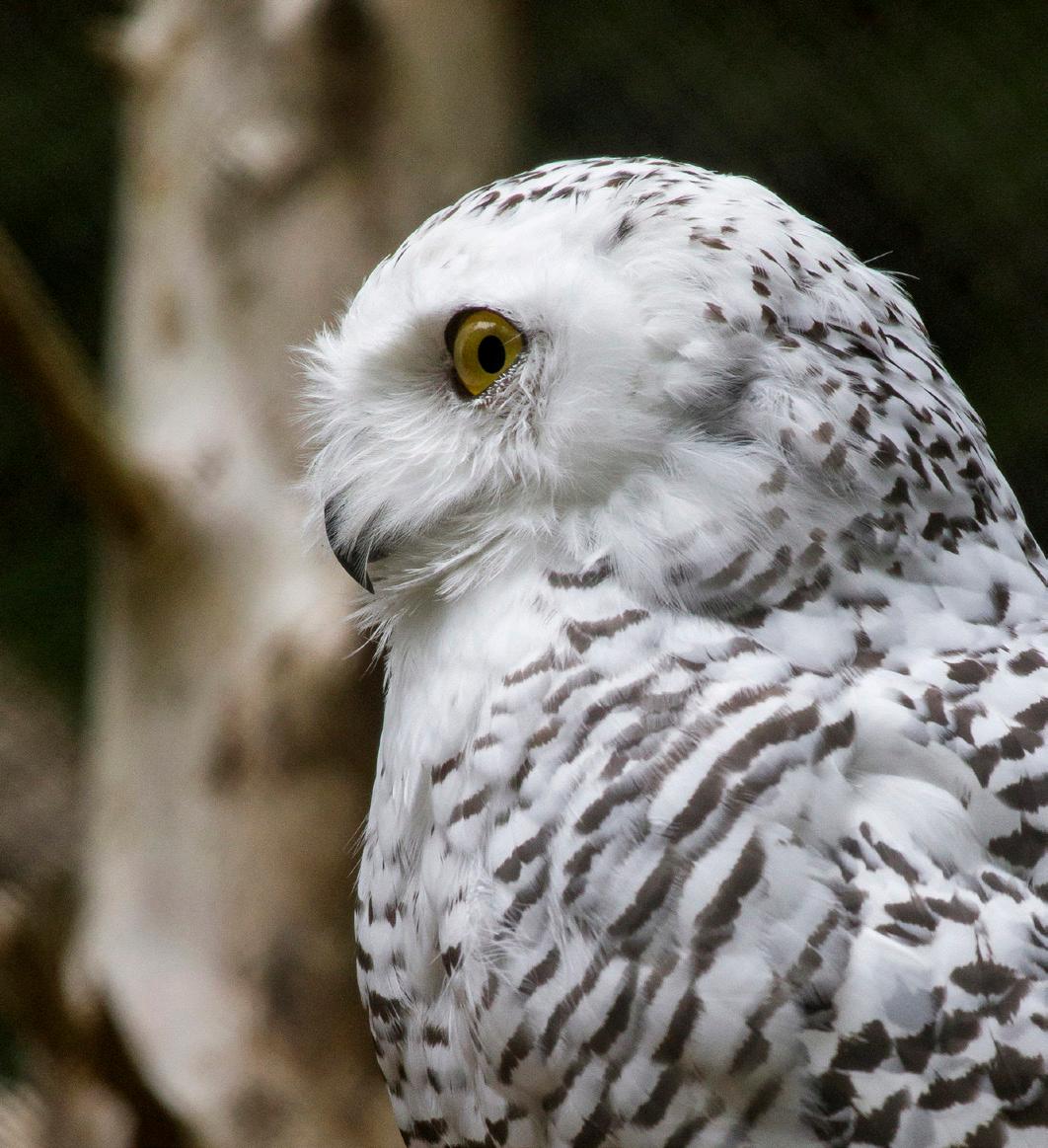
The fluffy, white snowy owl is the heaviest North American owl and one of the largest in overall size. Males are nearly pure white and the female’s white plumage is highlighted with dark brown bars and spots.
ON NORTHERN TRAIL
Snowy owls hold a magical place in the human imagination, from ancient myths and legends to Harry Potter’s Hedwig—and now there is even more magic to go around. We're so excited to welcome a pair of snowy owl chicks to our zoo family, and these youngsters are all eyes!
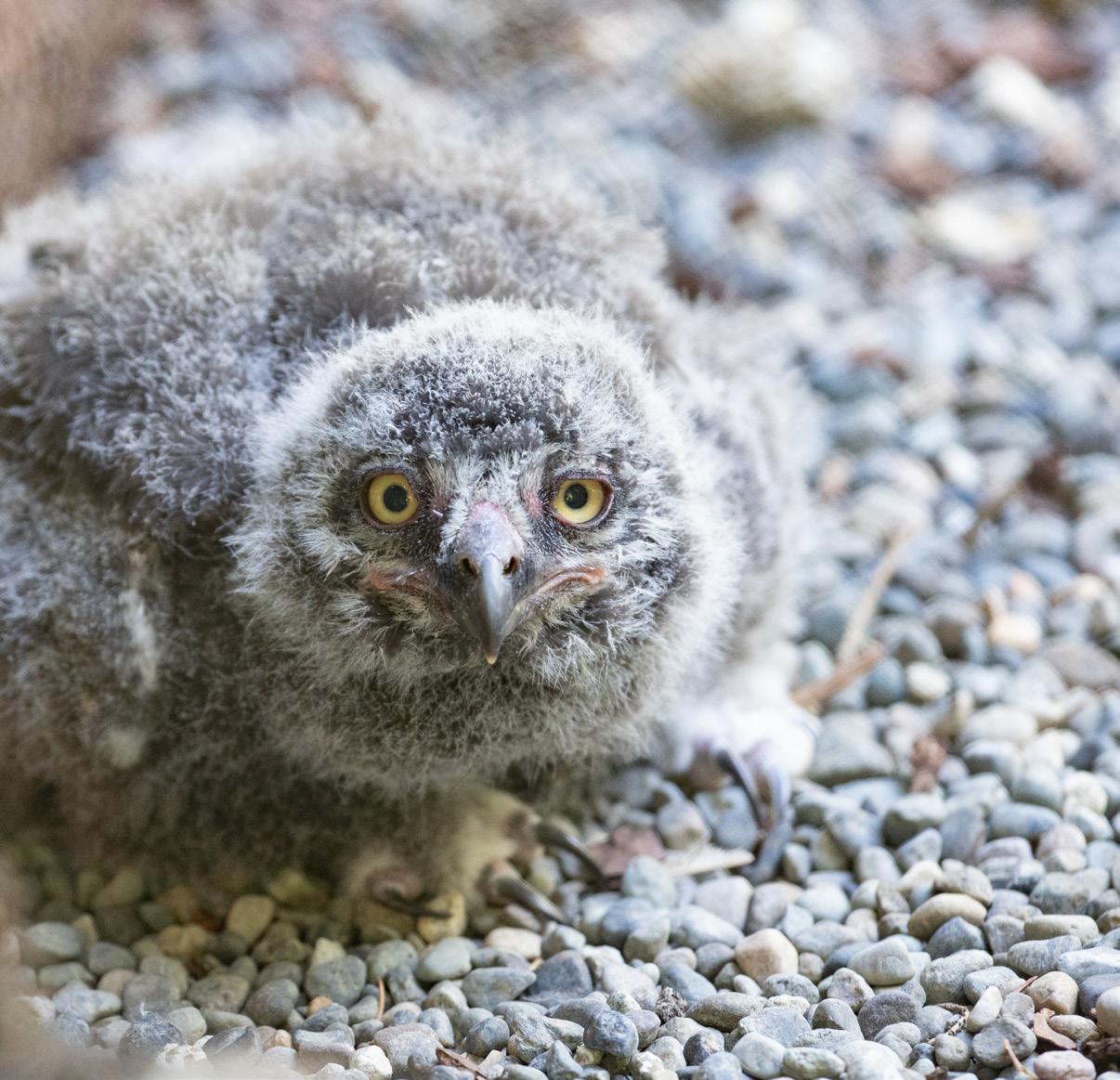
First-time parents, mom June and dad Dusty, live with their brood in the Northern Trail habitat where they are doing a great job looking after their offspring. They were paired under the Snowy Owl Species Survival Plan, which is a cooperative, conservation breeding program across zoos accredited by the Association of Zoos & Aquariums to help ensure a healthy, self-sustaining population for at-risk species. Wild populations of snowy owls are decreasing and the species is considered to be vulnerable.
Owls in general are in decline because of habitat loss, introduced disease and poisoning from improperly used rodent poison. Specifically, snowy owls come into more contact with human civilization when they migrate and they often fall victim to fatalities related to flying into utility lines, wire fences, cars, airplanes (at airports) and other human structures. Some owls are even killed by hunters. Changes in the arctic climate may also be a looming threat for this species.
In the wild, snowy owls generally live in the Arctic in open, treeless areas called tundra, so you’d have to visit someplace north of 60° latitude to see them—which for North America means Alaska or parts of Canada. Every few years, there are groups of snowy owls that move farther south than normal, flying into areas where they don’t regularly go—including the Seattle area and other parts of the lower U.S. This is called an “irruption” and it can be triggered during years when there’s not enough food in their normal range to support a larger number of birds that survived through the previous season.
Though snowy owls can eat voles, arctic hares and smaller birds, their favorite prey is lemmings. The health of the lemming population is one of the biggest factors tied to irruption years. More lemmings mean there is enough food for everyone. But abundant food also means more youngsters can survive to fledge from the nest—which means more competition! When that happens younger snowy owls that are less experienced hunters will fly south, in search of food. The most recent irruption that brought significant numbers of snowy owls as far south as Seattle happened over the winter of 2013-2014.
Elizabeth Bacher, Staff Writer
Photos by Jeremy Dwyer-Lindgren and Dennis Dow, WPZ
LEAVING A LEGACYOF GRATITUDE


Did you know you can make a philanthropic gift to Woodland Park Zoo without impacting your current income? When you include Woodland Park Zoo in your estate or financial plans, you ensure our work—and Woodland Park Zoo—will thrive for generations.
In addition to making an impact on our future, a planned gift allows you to create a legacy that speaks to your values. Depending on the gift arrangement you choose, you can:
Defer your gift until after your lifetime, so your current income is not impacted;
Feel secure about the future of your loved ones;
Maintain control of your assets for life; and
Give more than you ever thought possible. Additionally, many planned gift options allow you to change your mind at any time.
Planned giving options are not complicated or only for individuals with large incomes. In fact, many types of planned gifts are straightforward. A gift to Woodland Park Zoo in your will or living trust is one of the most popular ways to support Woodland Park Zoo’s work. Many of our donors choose this option because of flexibility and planning for their family’s future, as well as supporting the work of Woodland Park Zoo.
If you would like to explore leaving a planned gift to Woodland Park Zoo, please contact Michelle Banks, Director of Individual Giving, at 206.548.2624 or via email at michelle.banks@zoo.org

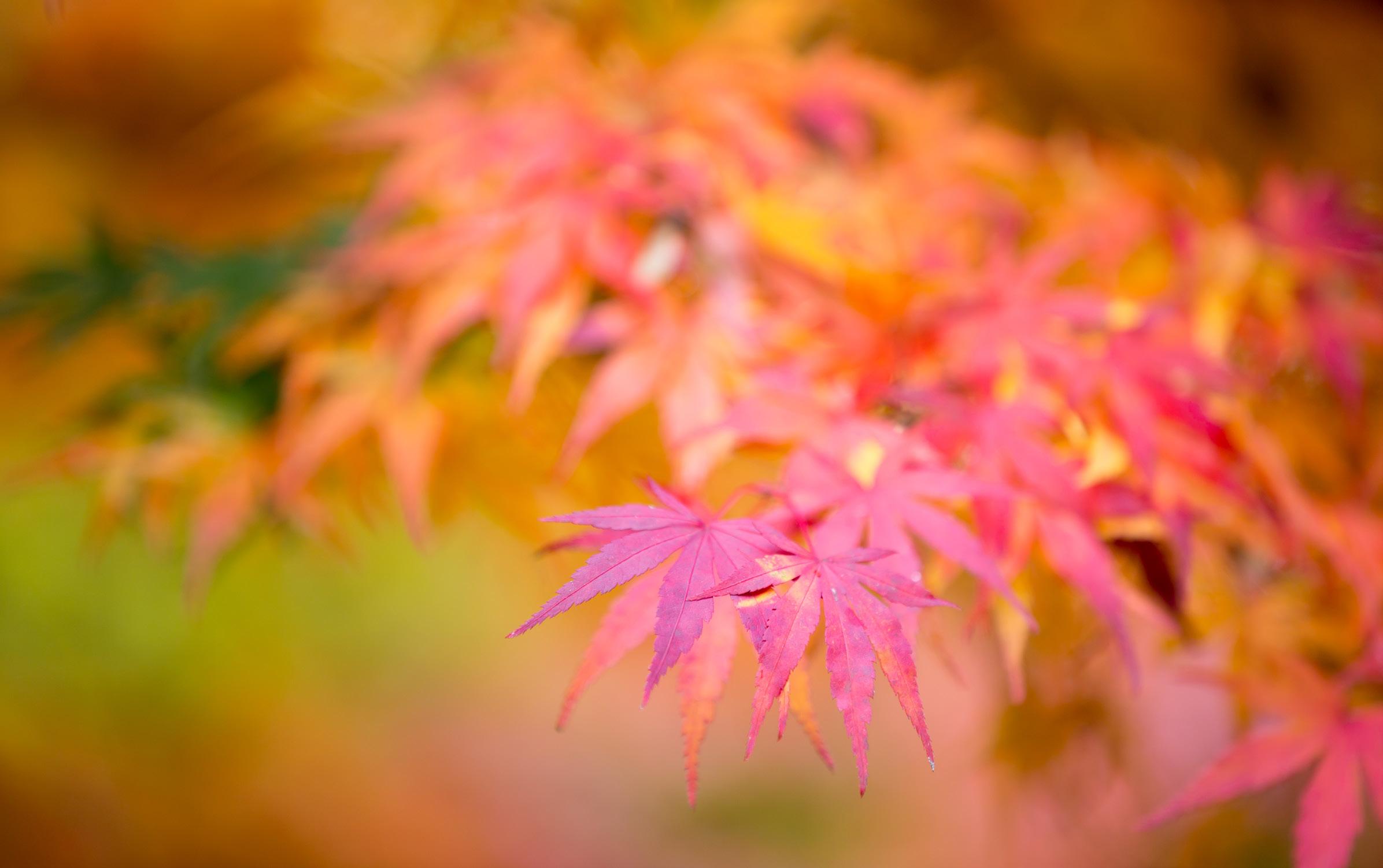
Woodland Park Zoo deeply appreciates our partnership with University of Washington’s Haring Center and its Professional Development Team. We invite any school or organization seeking assistance with staff training, coaching, program review, curriculum development and implementation of inclusive programs to consider the Haring Center’s Professional Development Team.
The Haring Center’s Professional Development and Training Team is a resource for any organization seeking to create inclusive and equitable learning environments. We provide training, program evaluation, consultation, and ongoing technical assistance and coaching to schools, agencies, and communities worldwide serving learners with and without disabilities.
PDUTrain@uw.edu haringcenter.org/pdu/
All of us at Woodland Park Zoo extend a very special thanks to Bill and Alyssa Sunderland for helping to make our partnership and many other advancements possible for our zoo community with their generous support.
EGYPTIAN TORTOISE
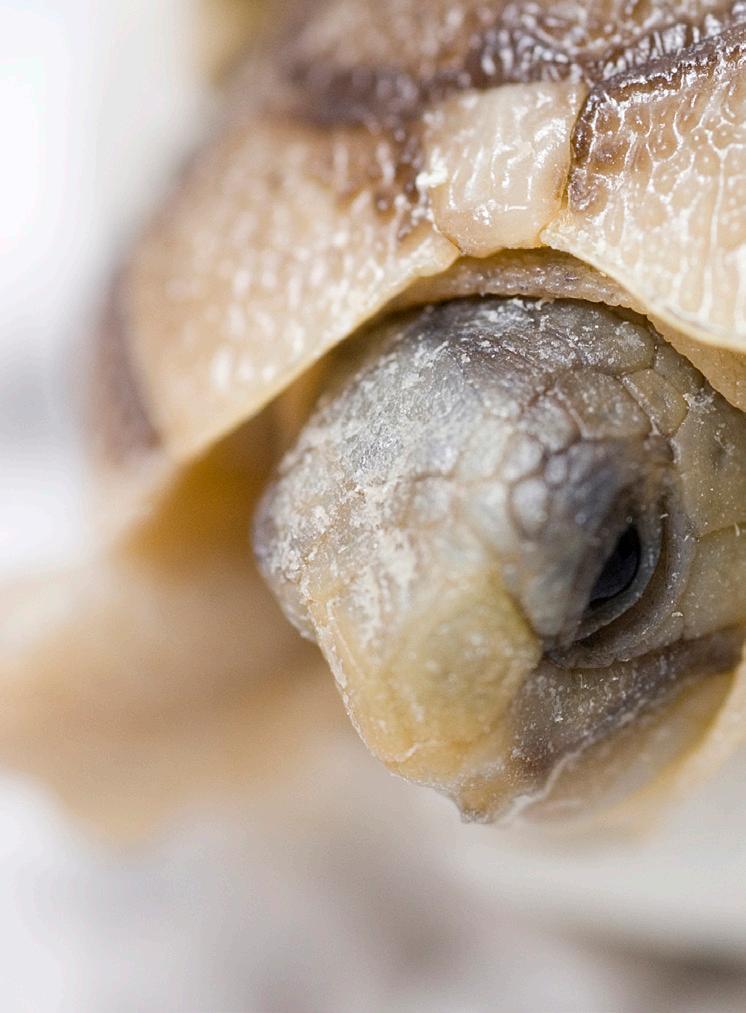
(Testudo kleinmanni)
Every now and then, the world’s tiniest creatures show us they have something big to teach us, if we’re willing to listen. Such is the case for our next Spotlight animal.
The critically endangered Egyptian tortoise, one of the world’s smallest tortoises, faces intense pressure in the wild. They’re native to the desert bordering the Mediterranean Sea and were once found in Libya, Egypt and Israel. Now, they’re isolated to small patches of territory in Libya and are considered extinct in the rest of their territory. Habitat destruction and
Click image to watch tiny hatchlings
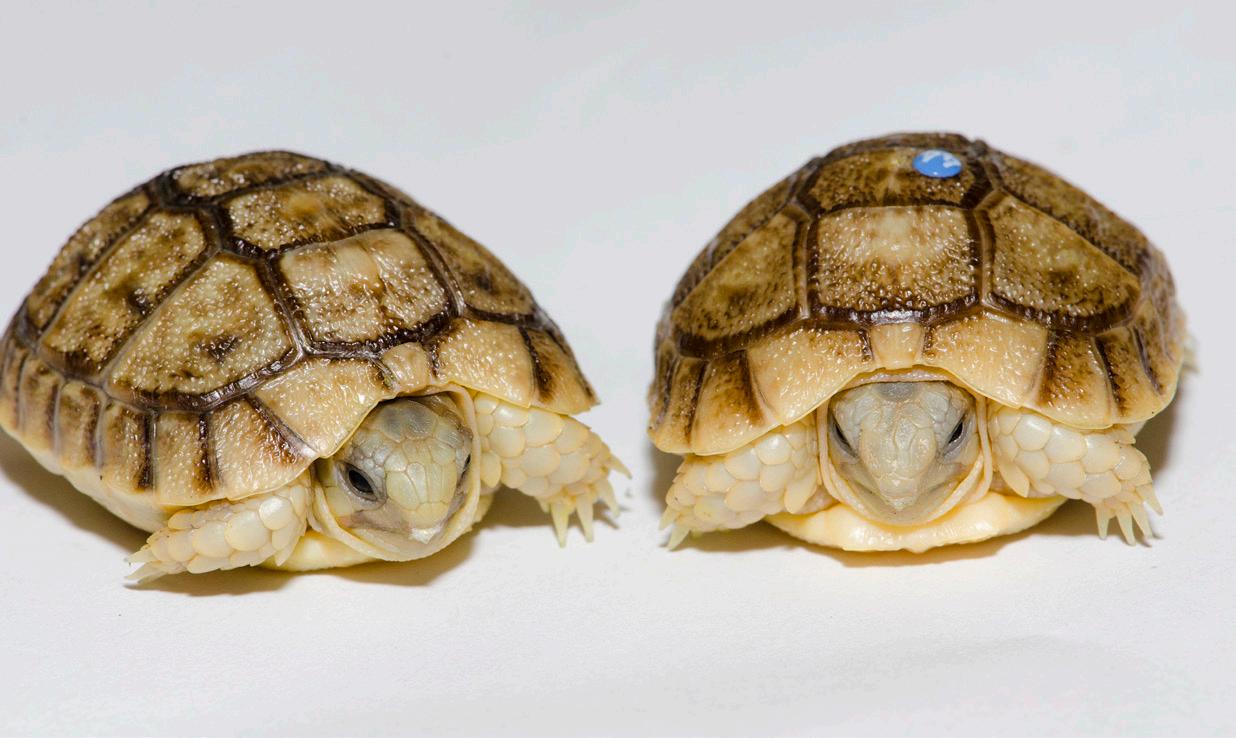
human encroachment, including the illegal pet trade, are to blame. But there is hope, in the form of tiny hatchlings that weigh about as much as a couple nickels.
Woodland Park Zoo is proud to be a leader in the successful breeding and rearing of Egyptian tortoises. We work under the direction of the Species Survival Plan (known as the SSP)—a cooperative conservation breeding program overseen by the Association of Zoos & Aquariums to help ensure healthy, self-sustaining populations in North America. More than 90 of these tiny treasures have successfully hatched at our zoo since the very first one emerged from its shell here in 2004.
Unlike many turtles and tortoises, which are various shades of green, the Egyptian tortoise has a sand or brownishcolored shell. It’s a great adaptation to help them blend in with their native desert habitat. When they hatch, these babies are tiny, weighing only 10 grams. That’s not even half an ounce! Even full grown, Egyptian tortoises are small, with adults rarely getting more than 4 to 4.5 inches long from the front edge of the shell to the back—and the females tend to be bigger than the males.
Not much is known about the diet of the few individuals left in the wild, but here at Woodland Park Zoo our tortoises— we currently have 21 in our care, ranging in age from a few months to 47 years old—feast on a healthy, custom-made salad that includes nutritious ingredients like romaine, kale, celery, carrots and yam.
Our Egyptian tortoises live in several areas around the zoo, including the Adaptations Building on the zoo’s east side. If you’re visiting, you can find one group of them there living
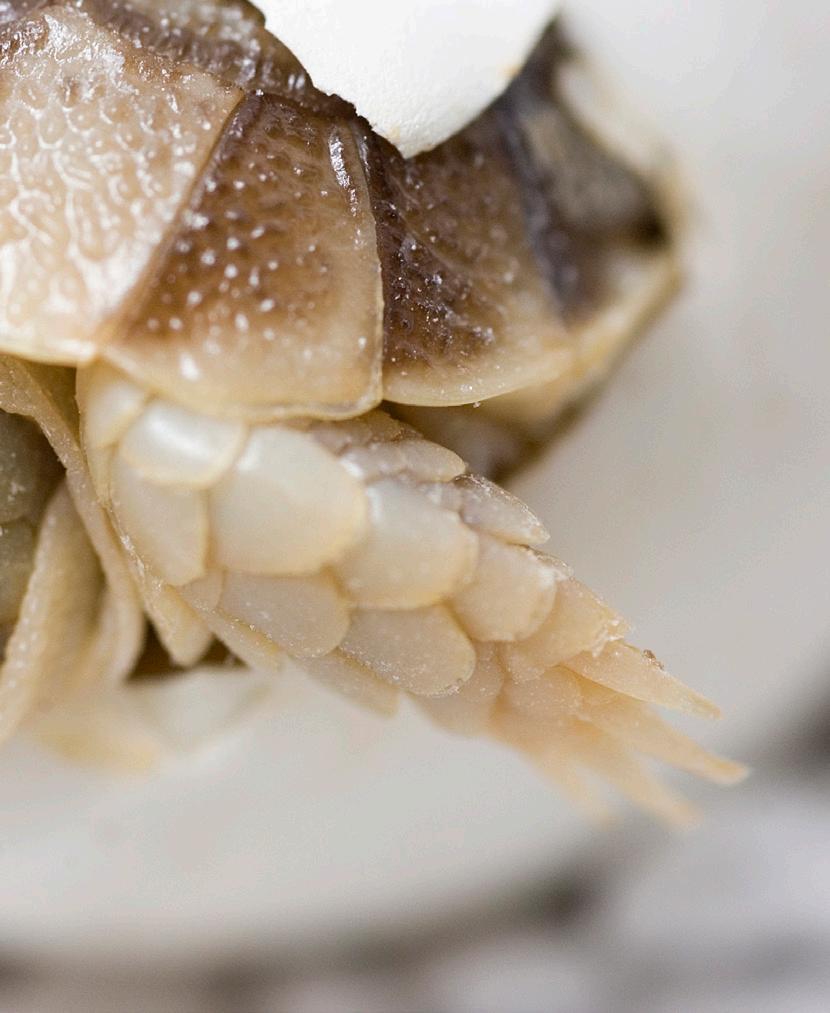
side-by-side with some lizards. Another group is part of our Ambassador Animals team. That means they take part in educational programs, helping guests to learn about them and promoting ways to take action for wildlife. Tut and Ramses (both 13 years old) along with Nile and Cairo (both 6) all hatched here as part of the SSP and are all part of the Ambassador Animals team.
Tortoises (and turtles in general) are often thought of as slow, passive or lethargic. Apparently, no one told that to our Ambassador group! These bachelors (they’re all male) love to zoom around—and they come running when we give them their favorite in-between meals snack: hibiscus flowers! YUM! All of these boys share a warm behind-the-scenes habitat, where they get along really well. Each of their shells has a slightly different pattern, so our animal keepers can tell them apart, but they also have tiny markers on their shells— small dots with numbers—so that team members can easily identify and care for each one.
In order to assure a safe and healthy experience, many of our in-person programs, including those with ambassador animals, are temporarily on hold right now—but that doesn’t mean you can’t meet our ambassador tortoises “up close.” Woodland Park Zoo’s new Call of the Wild program allows you to invite them (along with one of our awesome keepers) to join your next virtual Zoom meeting, gathering or happy hour! Get the details here on how to host a video chat with them.
Today, more than 50 percent of the world’s known tortoise and turtle species are facing extinction, making these reptiles one of the most endangered animals on the planet.
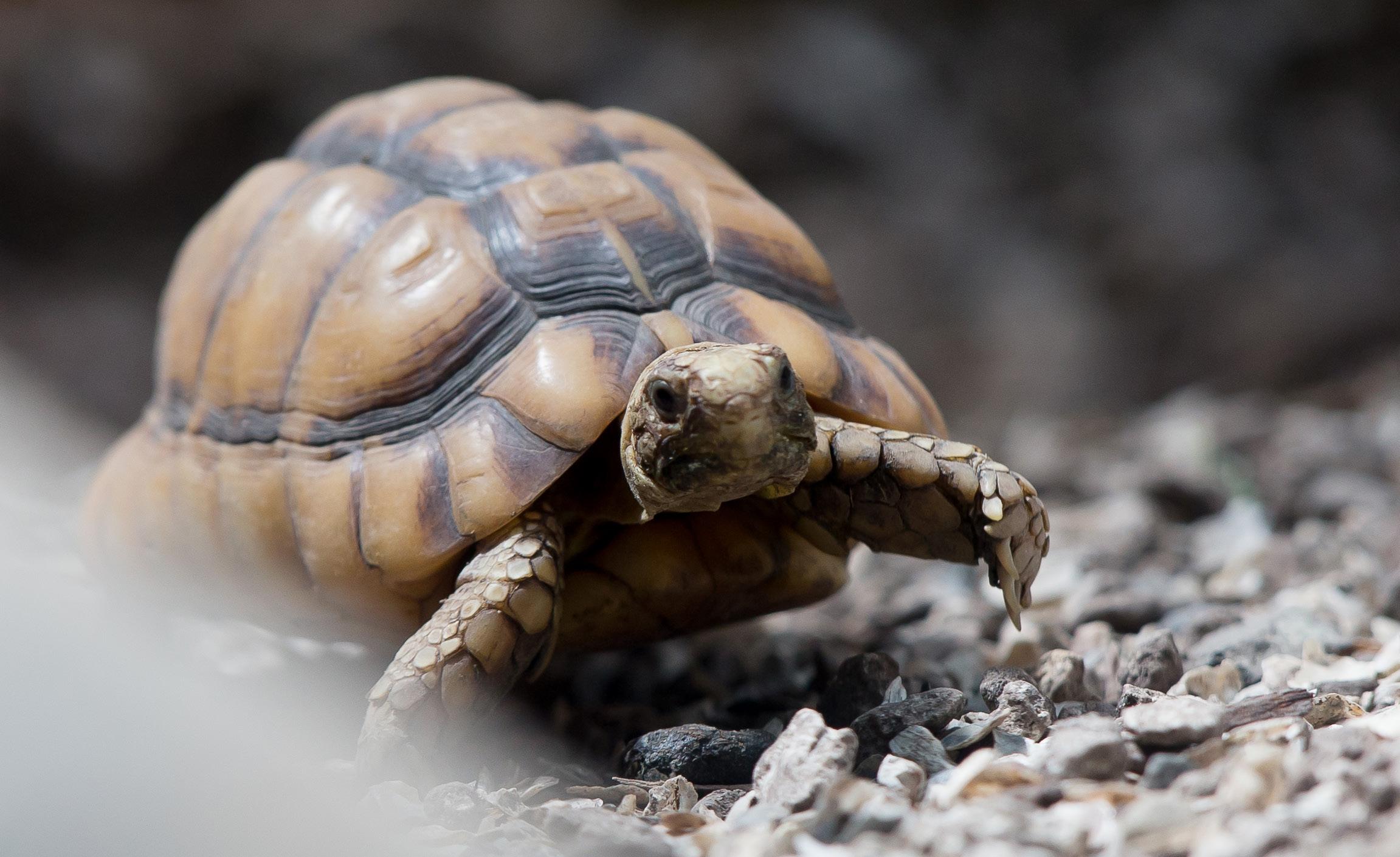
Woodland Park Zoo is more committed than ever to protecting all these species, around the world and here at home—and we invite you to join us! Here are some ways you can help protect turtles and tortoises:
Egyptian Tortoise Range
AFRICA
Promise never to buy or sell pets if you don't know where they came from. The illegal pet trade is no good for turtles, tortoises and other wildlife, so if you’re purchasing pets, make sure they’re from a vetted source and never buy or sell endangered species.
Keep your local wetlands clean and healthy! Don't dump chemicals down the drain and cut down on pesticides in your yard that can run off into the street and eventually make its way to streams, rivers and the Puget Sound.
Advocate for protecting endangered species and support laws that save vulnerable species from harm including wildlife trade, poaching and habitat loss.
Support your local zoo, conservation programs and habitat restoration projects.
Elizabeth Bacher, Staff Writer
Photos by Jeremy Dwyer-Lindgren and Ryan Hawk, WPZ
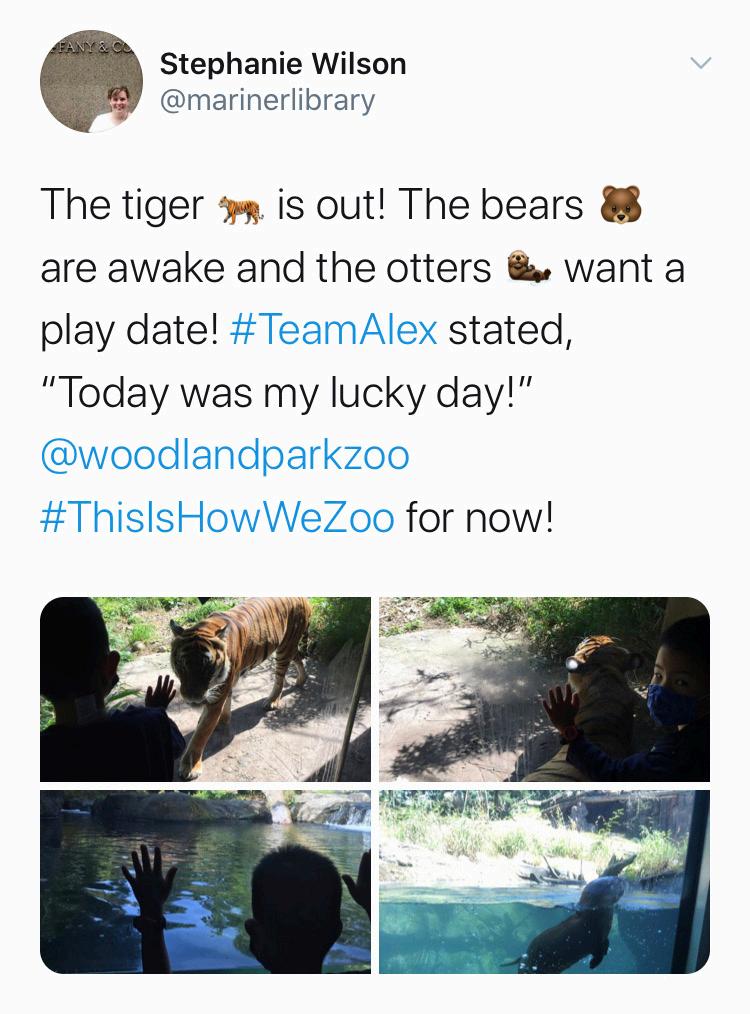
Your photos inspire us. Every day we are grateful for your love of animals and passion for saving wildlife—and we’re thrilled to see your images invite others to join us in saving species. You tagged us, and we couldn’t be happier.
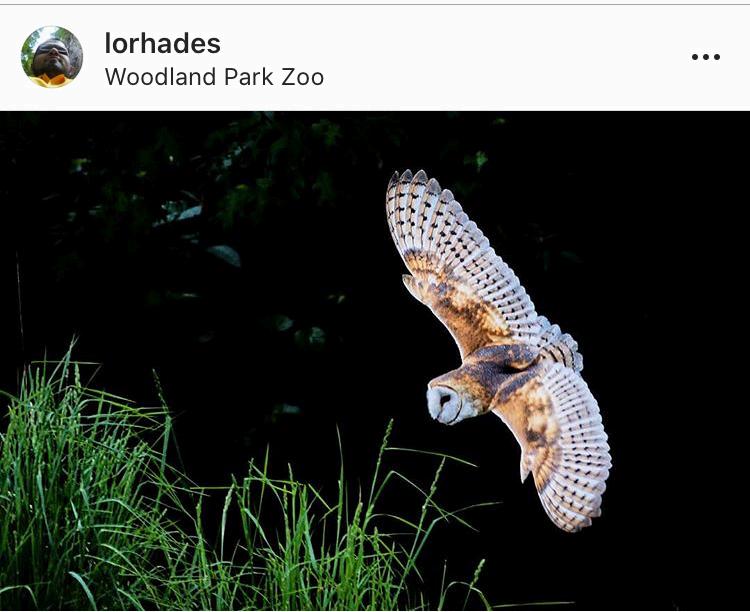
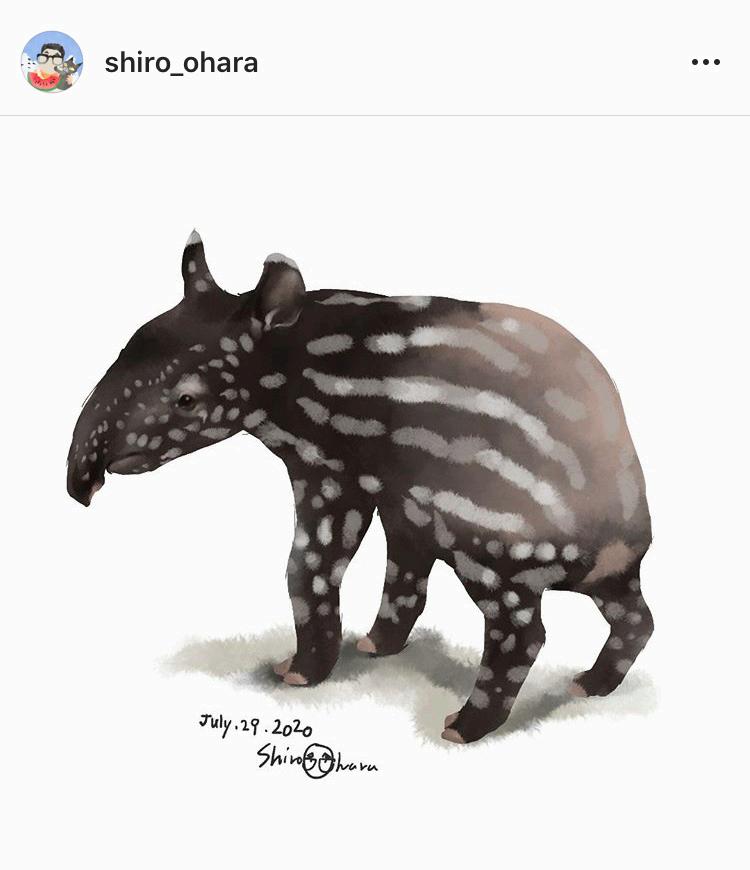
My heart is SOOOOO happy now that I have seen this sweet face and our fellow zoo buddies!

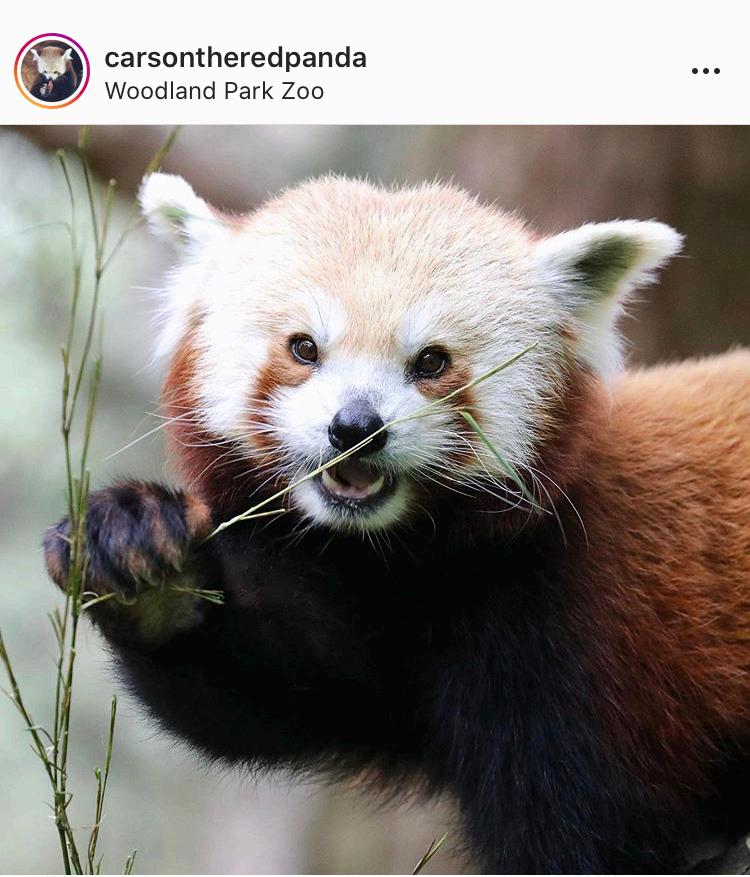
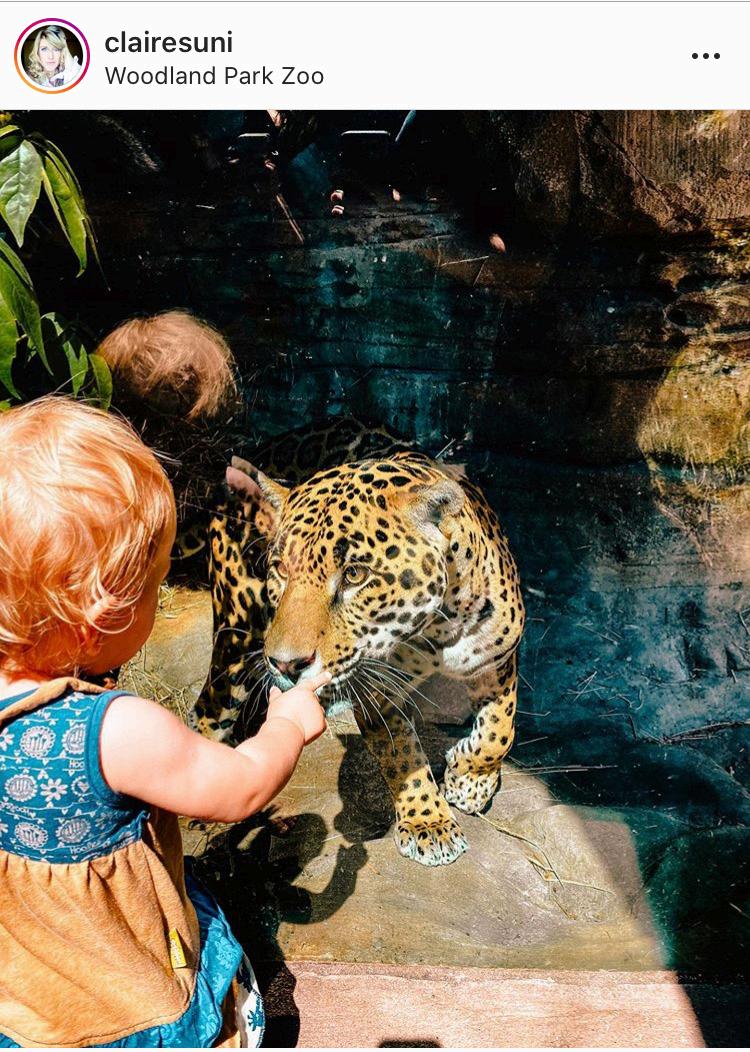

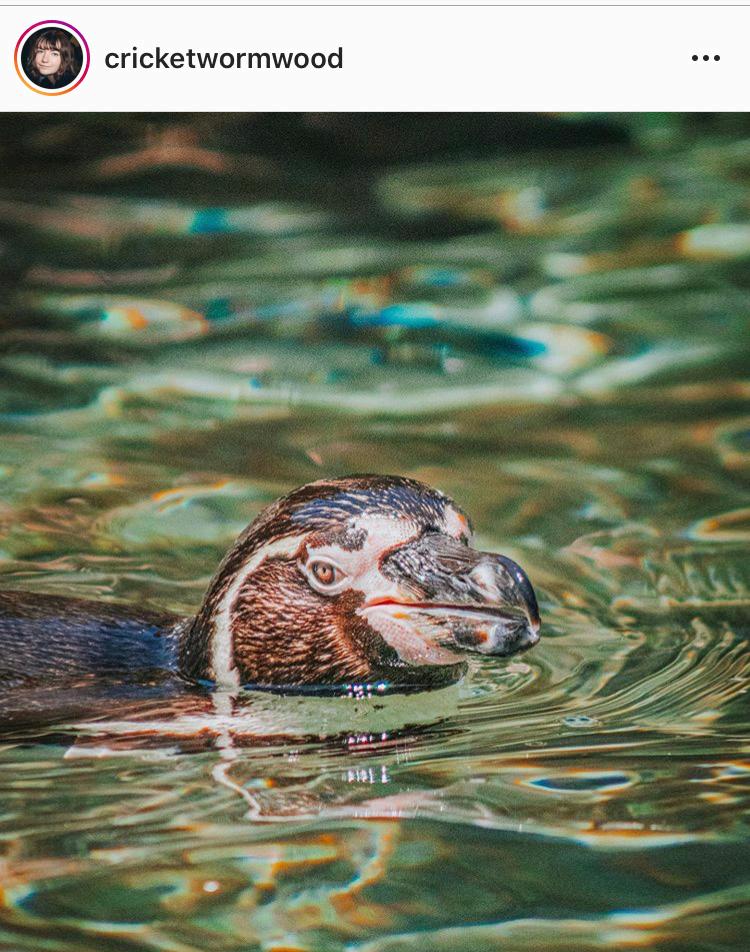
@WoodlandParkZoo was great and felt super safe—Saskia was super excited about the animals, but I think sh emostly loved seeing the other kids.

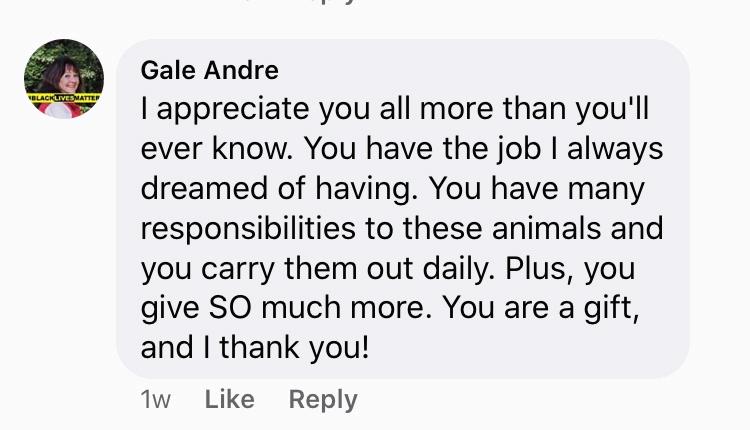
Share your favorite Woodland Park Zoo pics with us using # WoodlandParkZoo and we might feature your photo! Use #WPZMember to connect to other members!
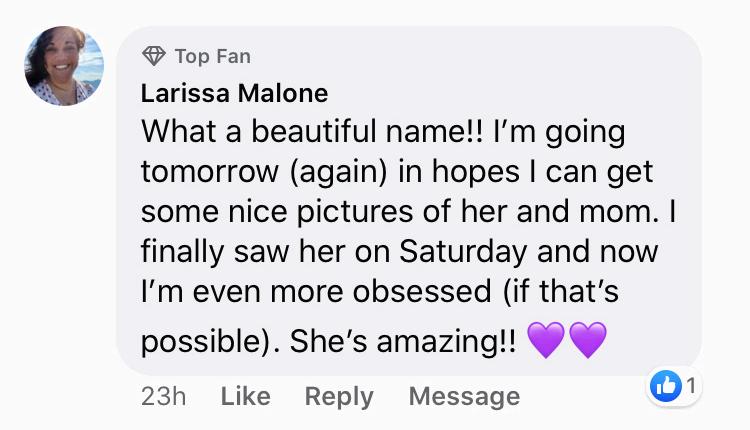
Follow us and stay connected to conservation stories, animal news and more! @woodlandparkzoo
Photo by Ylfa Lund Muindi
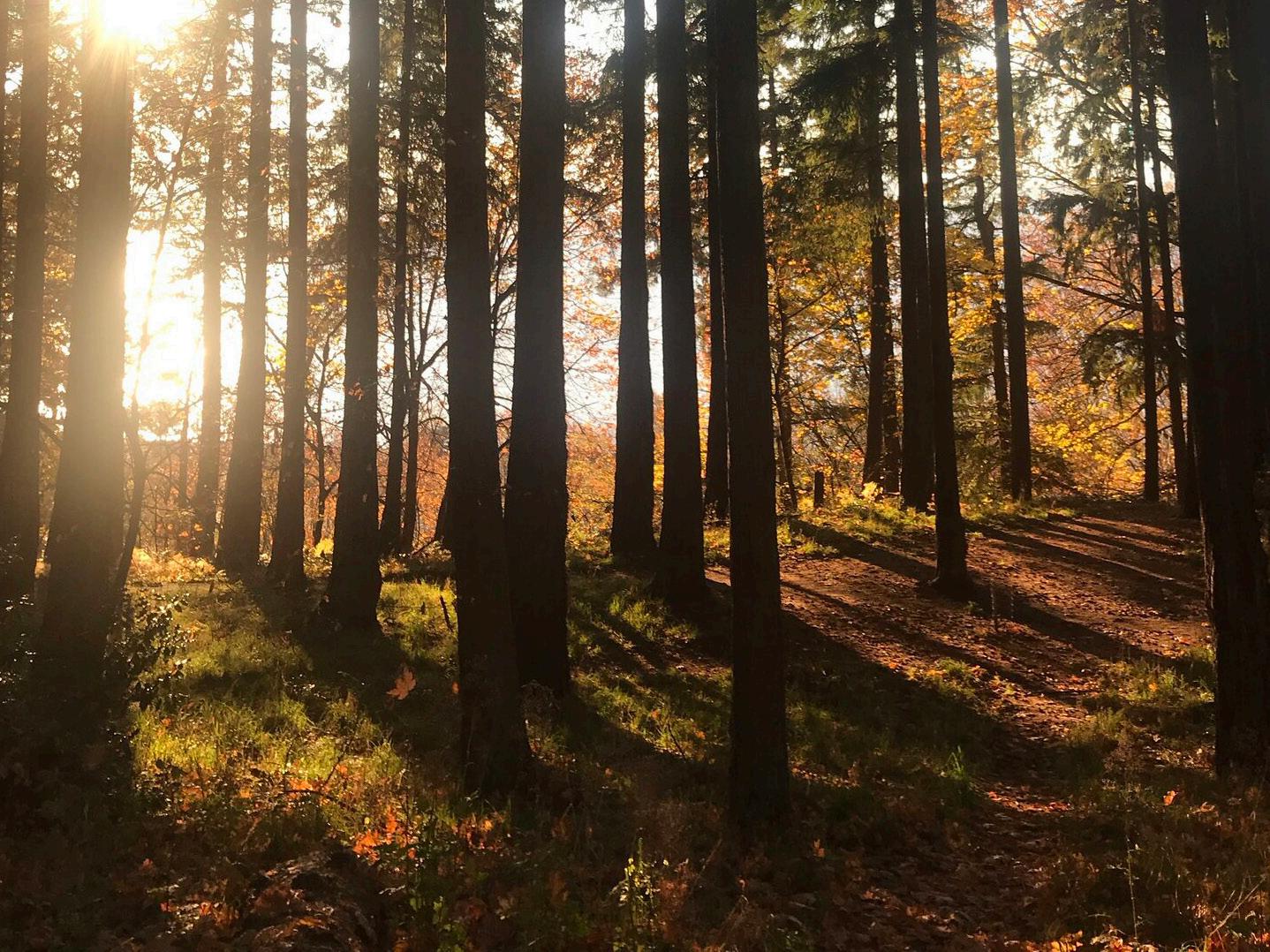
Earn Your Master's Degree THE WILD WAY!
Are you passionate about conservation? Do you want to learn more about environmental issues and take action? Are you looking for ways to engage with your community about subjects that matter? Then AIP might be for you!
Miami University's Advanced Inquiry Program (AIP) is an exciting web-based master’s degree program that includes experiential learning and field study offered at Woodland Park Zoo. The AIP is designed for a broad range of professionals as well as people looking for an opportunity to get their community involved in social and ecological change. Students learn to use inquiry not only as a method for integrated learning, but as a basic tool for co-creating a better and more sustainable future.
This summer, many of our AIP students have been working on projects that highlight conservation engagement being done even while social distancing! For example, Ylfa Muindi has created a new podcast where she helps listeners connect and understand more deeply our relationship to forests. Kami Koyamatsu has been working with the zoo’s conservation department to help us explore ways to engage in bat conservation while also creating a webpage to help families learn more about the benefits of bats in nature. Check out our recent blog for more information on the projects that AIP students have been working on this summer!
While classes were digital this summer, AIP students were always able to share ideas with peers and faculty nationally, while also working directly through their AIP Master Institution to improve local communities through shared investigation and action. The AIP enables students to join an unprecedented national network of leading institutions committed to social and ecological change. Interested in learning more? Check out the AIP webpage for dates on upcoming information sessions and more profiles of student projects!
Pumpkin Bash,
Every October, our animal keepers deliver a very special treat… pumpkins!
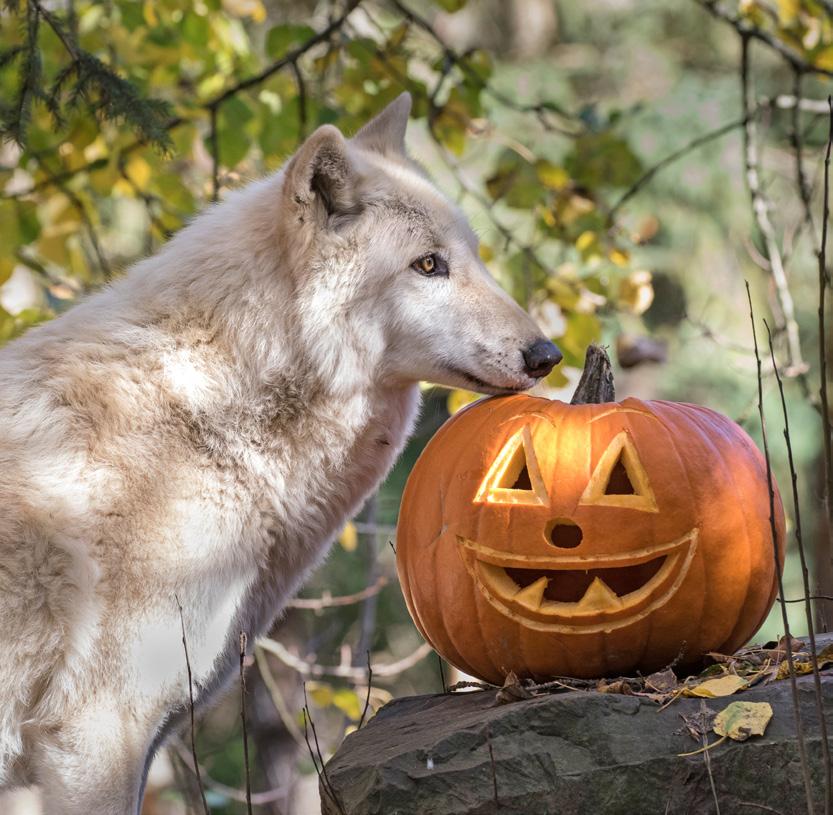
Wolves use their incredible sense of smell to find out what treats are hidden inside their jack’o’lantern well before they peek inside.
Smash!
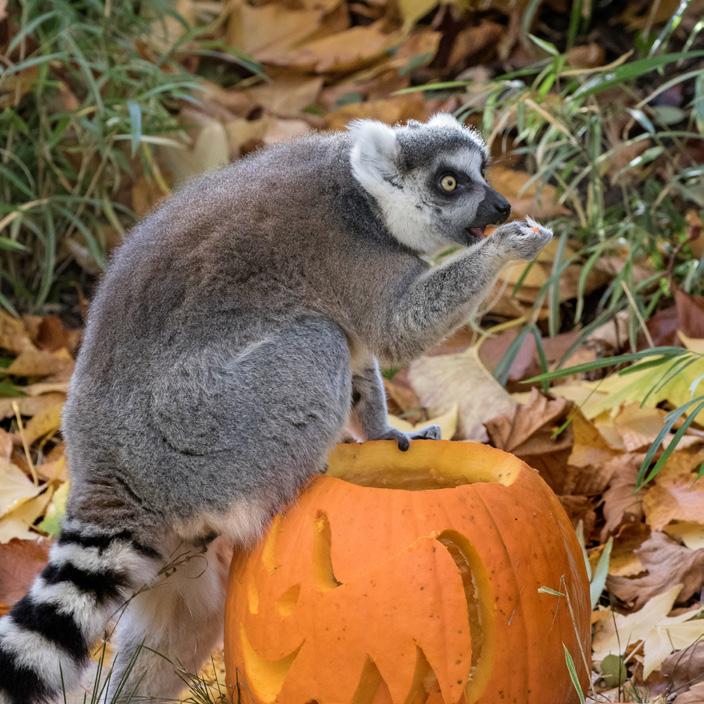
y o u a b o u t t h e t i m e I f o u n d m y f a v o r i t e p u m p k i n . . . t e l l L e m u r
S i a m a n g h e r e l o o k i n g a b s o l u t e l y g o u r d - e o u s !
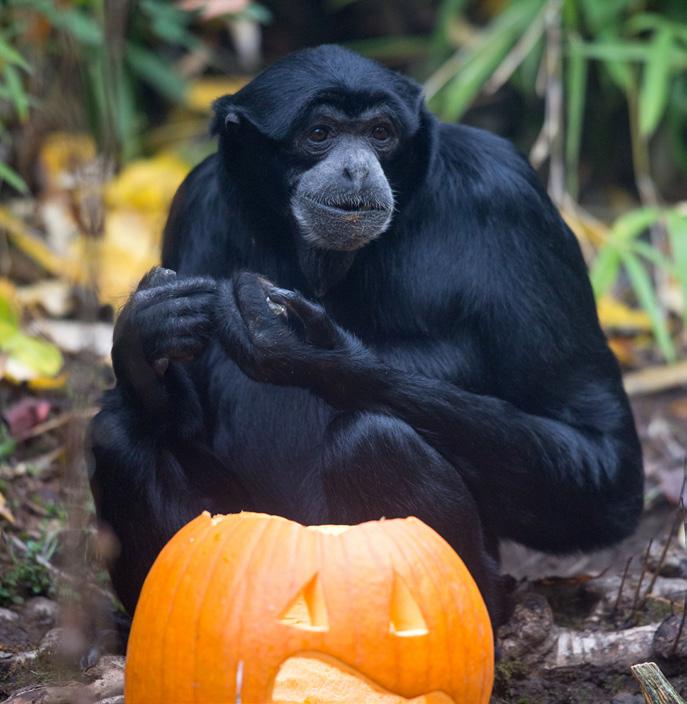
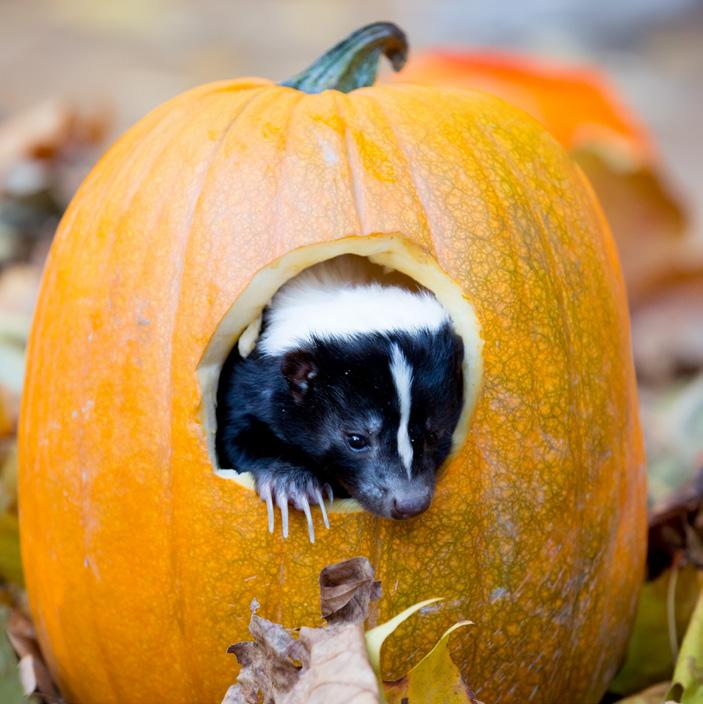
Pumpkins are 90% water, and skunks are 100% adorable.
FEELING GOURD?
Visit zoo.org/zootoyou to download pumpkin patterns inspired by some of your favorite zoo animals. Then ask an adult to help you create a perfect pumpkin masterpiece! Show off your design and share with us #woodlandparkzoo
PUMPKIN CARVING –MALAYAN TIGER (Advanced) PUMPKIN CARVING –GRAY WOLF (Beginner) Cut out all black areas from your pumpkin
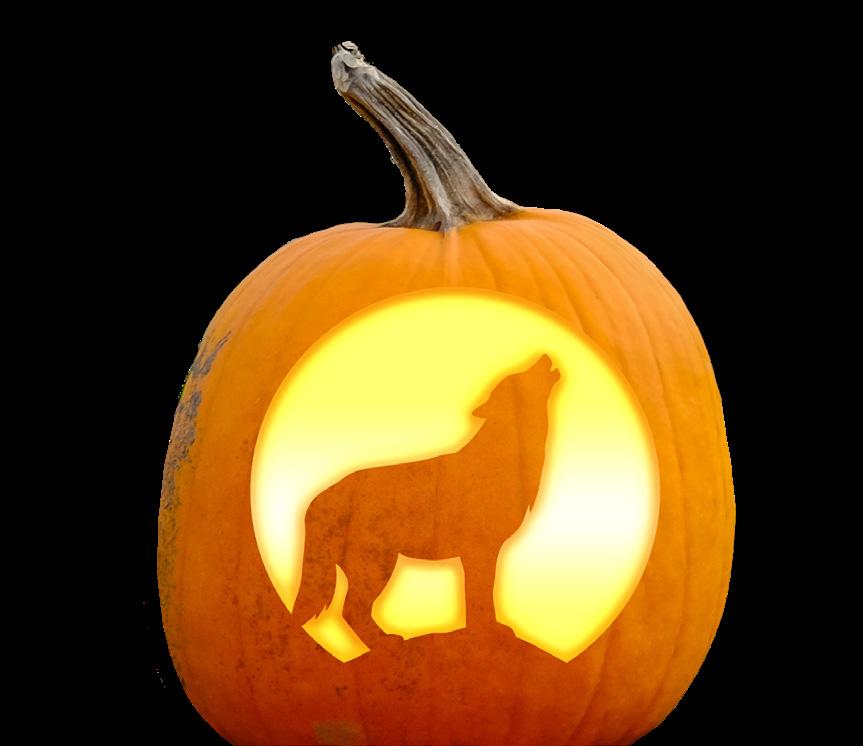
Cut out all black areas from your pumpkin
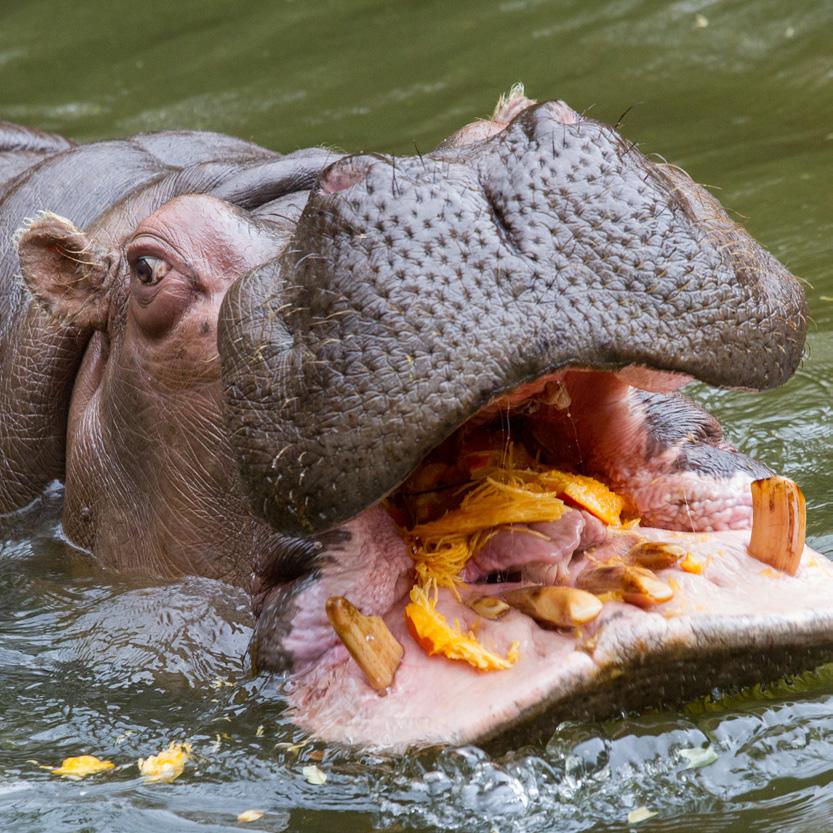
“ Y o u a r e v e r y o r a n g e ! ” s a i d T a j .
The biggest pumpkin ever grown weighed over 2,300 pounds, which is just a few hundred pounds less than our hippo Lily who weighs around 2,855 lb.! That’s a LOT of pumpkin.
d i d t h e o t t e r s p l a y o n H a l l o w e e n n i g h t ? a t
W h
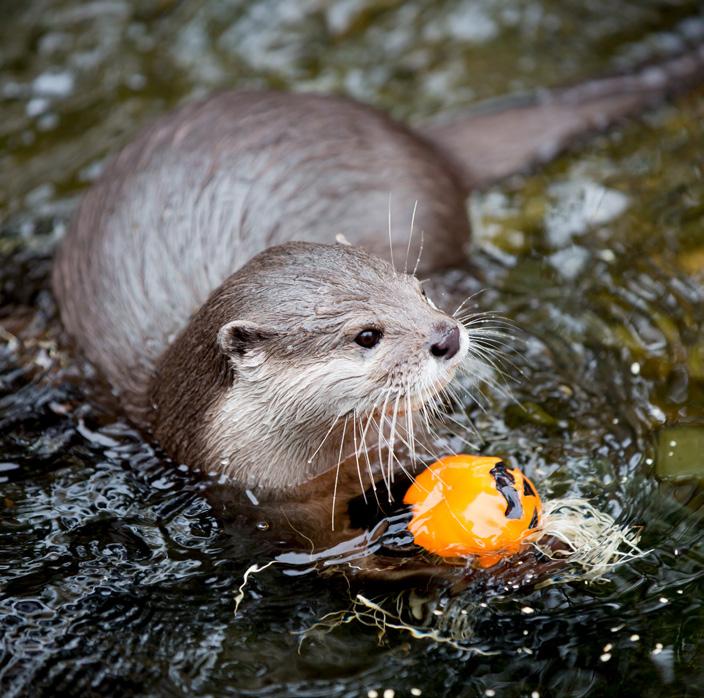
H i d e a n d s q u e a k !
This fierce Malayan tiger could use your magic on Halloween. When helping your family pick out candy, make sure you use our sustainable candy guide to protect tiger, tapir and elephant habitat!
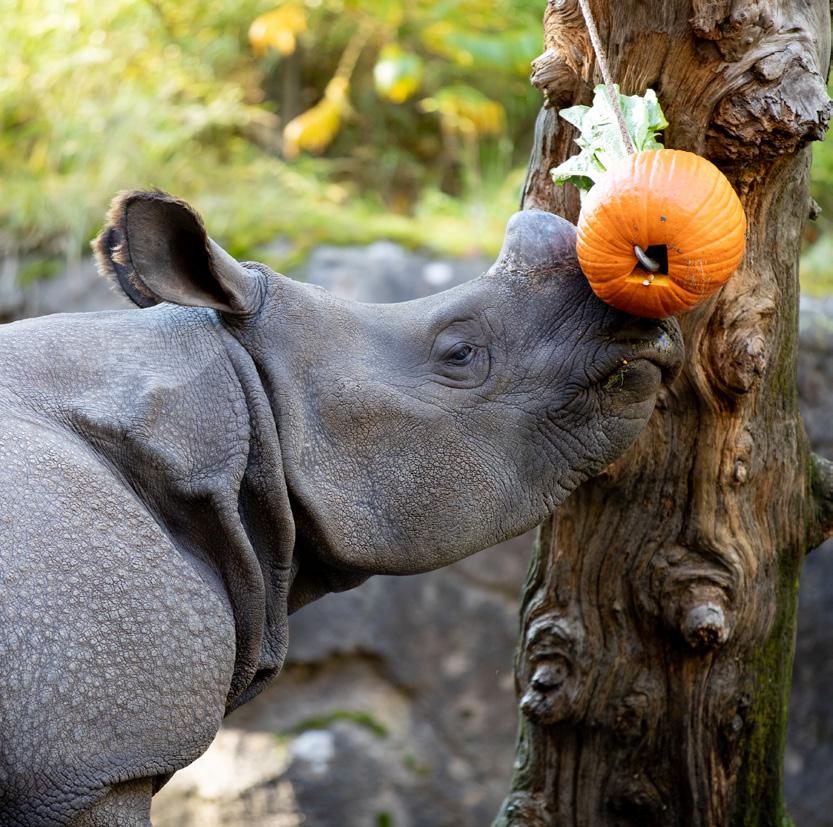
“ R h i n o . ” s a i d t h e p u m p k i n .

Did you see a ghost?
Did you know that snow leopards are also known as ghost cats? It’s true! People who share the mountains with these majestic cats say they can appear out of nowhere just like a ghost! Their huge paws allow them to keep silent on the snow and rocks, and their perfectly camouflaged coloring helps them blend right into the landscape. Can you find the ghost cat in this photo?
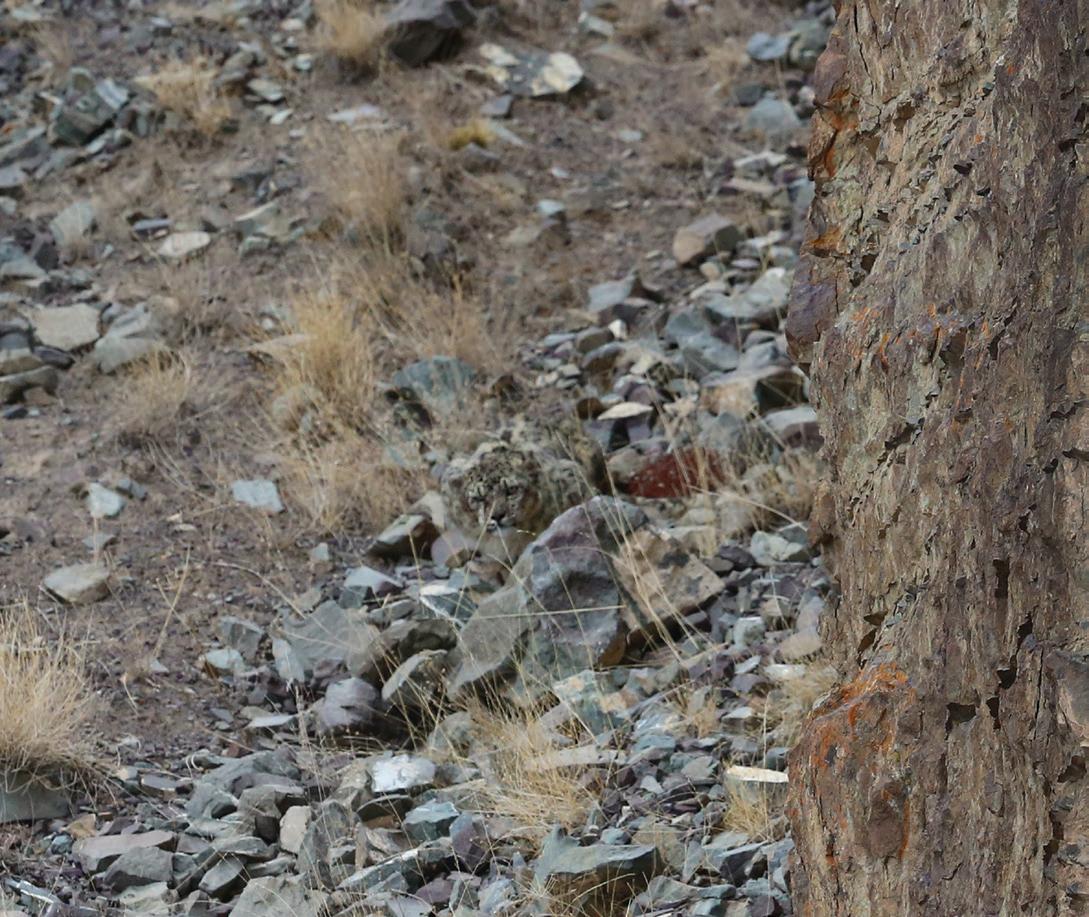
1
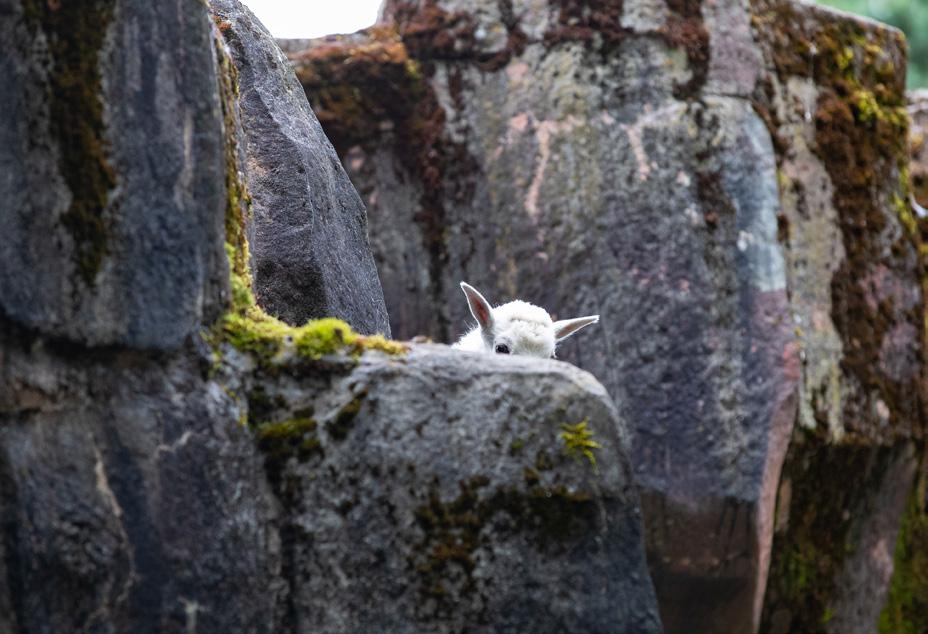

6
2
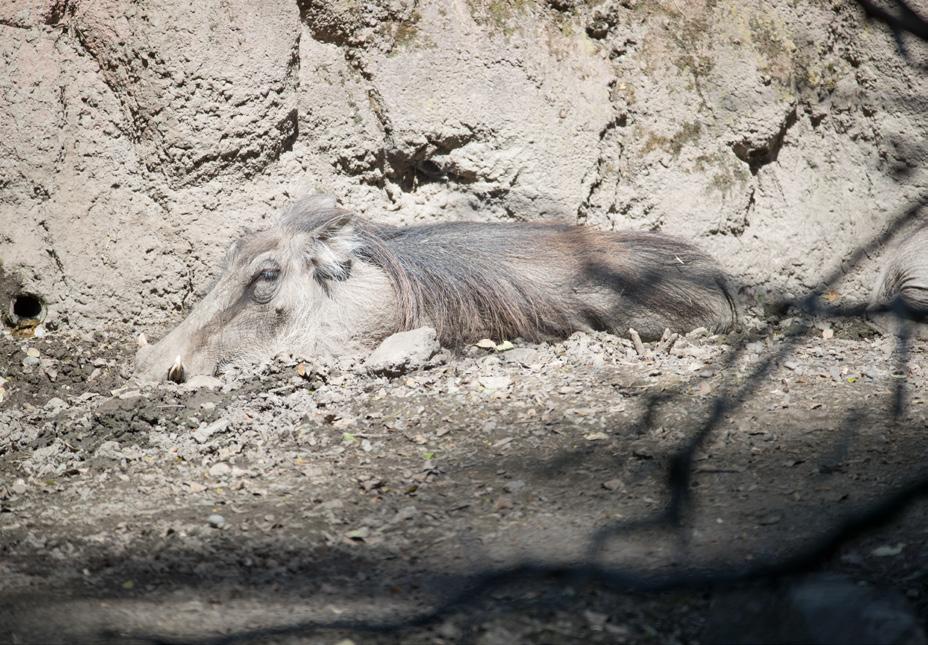

3
4
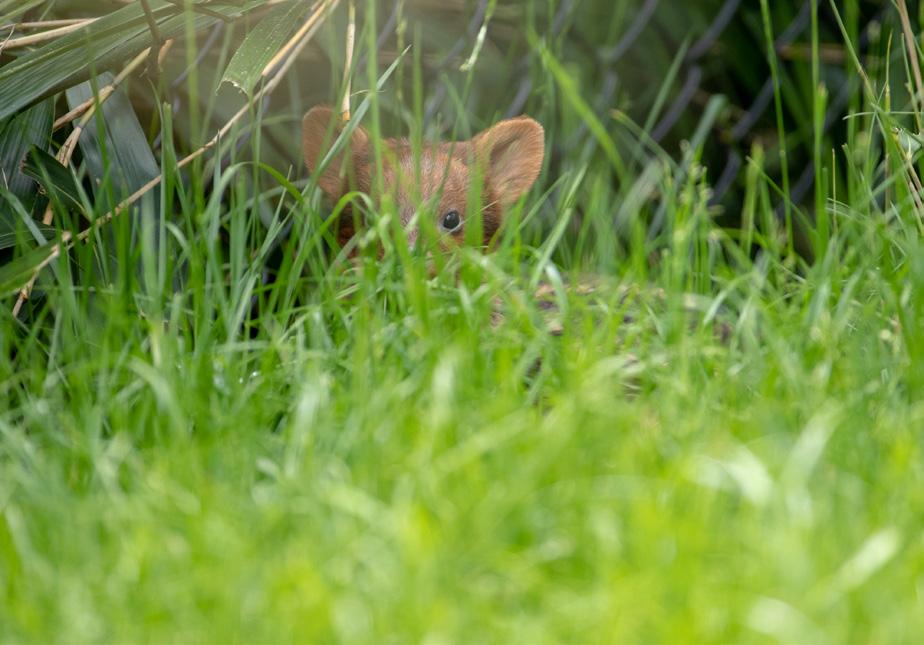
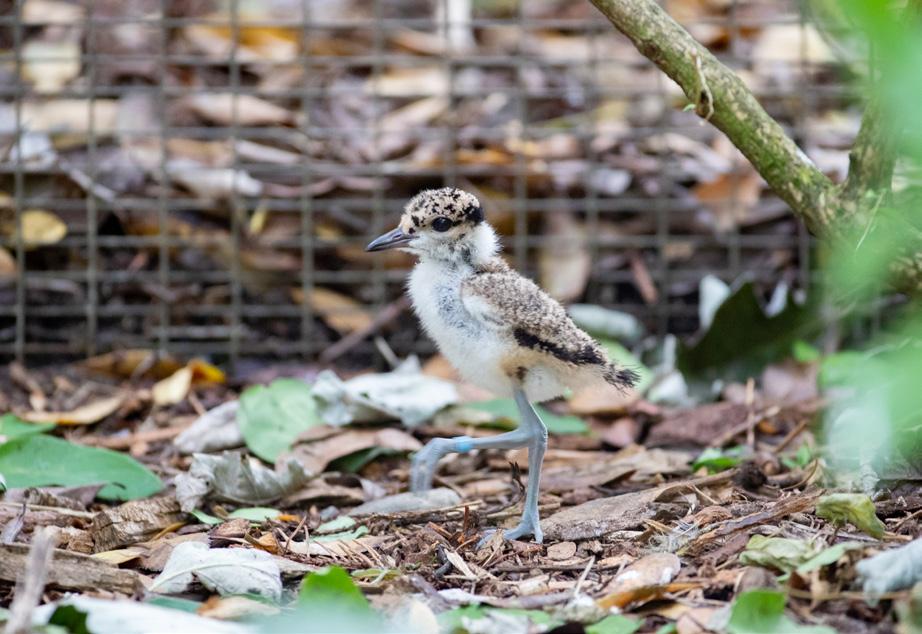
Do you ever have to look really hard to find an animal? Animals hide to stay safe, to get out of the sun, to protect their young and sometimes they hide just for fun!
There are so many ways to hide! Can you find all of the animals?
Mountain goat kid hides behind
Warthog blends in
Jaguar thinks he is hiding
Lapwing chick looks a lot like the leaves
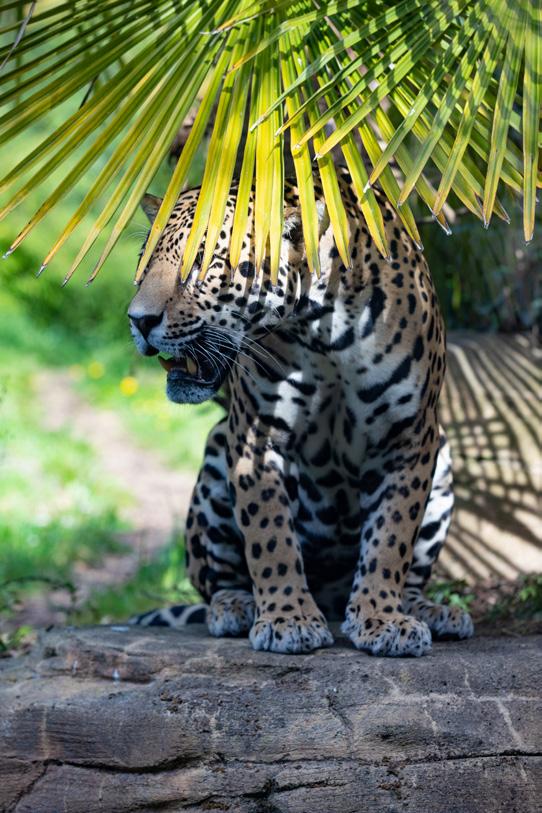
Gorilla family uses distance
Pudu fawn disappears
Snowy owl chick uses color
Siamang sits quietly
Next time you play hide and seek, think like an animal! Is there a tree to hide behind? What about a pile of leaves? Can you dress up to stay hidden?
Parents, next time a round of hide-and-seek pops up, ask young learners to hide like an animal by giving prompts such as “where would a jaguar hide?” or “where can you blend in?” When it’s the child’s time to seek, have them make up a prompt for others, maybe they can choose their favorite animal!

8
GET CRAFTY FOR

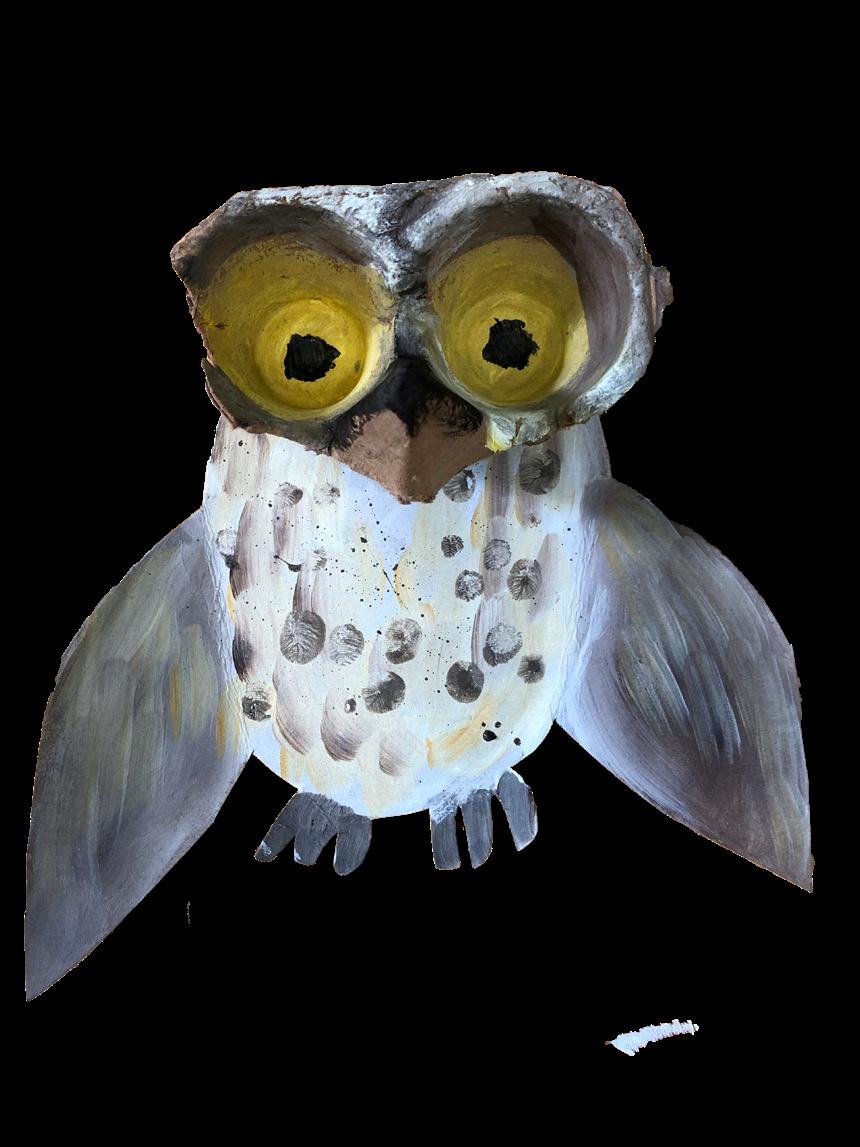
THINGS YOU WILL NEED:
Empty egg carton and cereal box Scissors (and an adult to help you cut) Glue
Pencil
Crayons, markers or paint Optional: bottlecaps, buttons or found objects like dried leaves to decorate

Inspired by this blog: click here to learn more.
1. Cut out two egg cups for the eyes, you can leave room for a beak by using the peak between them.
2. Using the inside part of a cereal box, sketch out the body and the wings, then add the feet. Carefully cut out the shape.
3. Color, paint and decorate your pieces. Bend the wings a bit to add detail.
4. Glue your eyes to the body, then add any embellishments you’d like!
5.
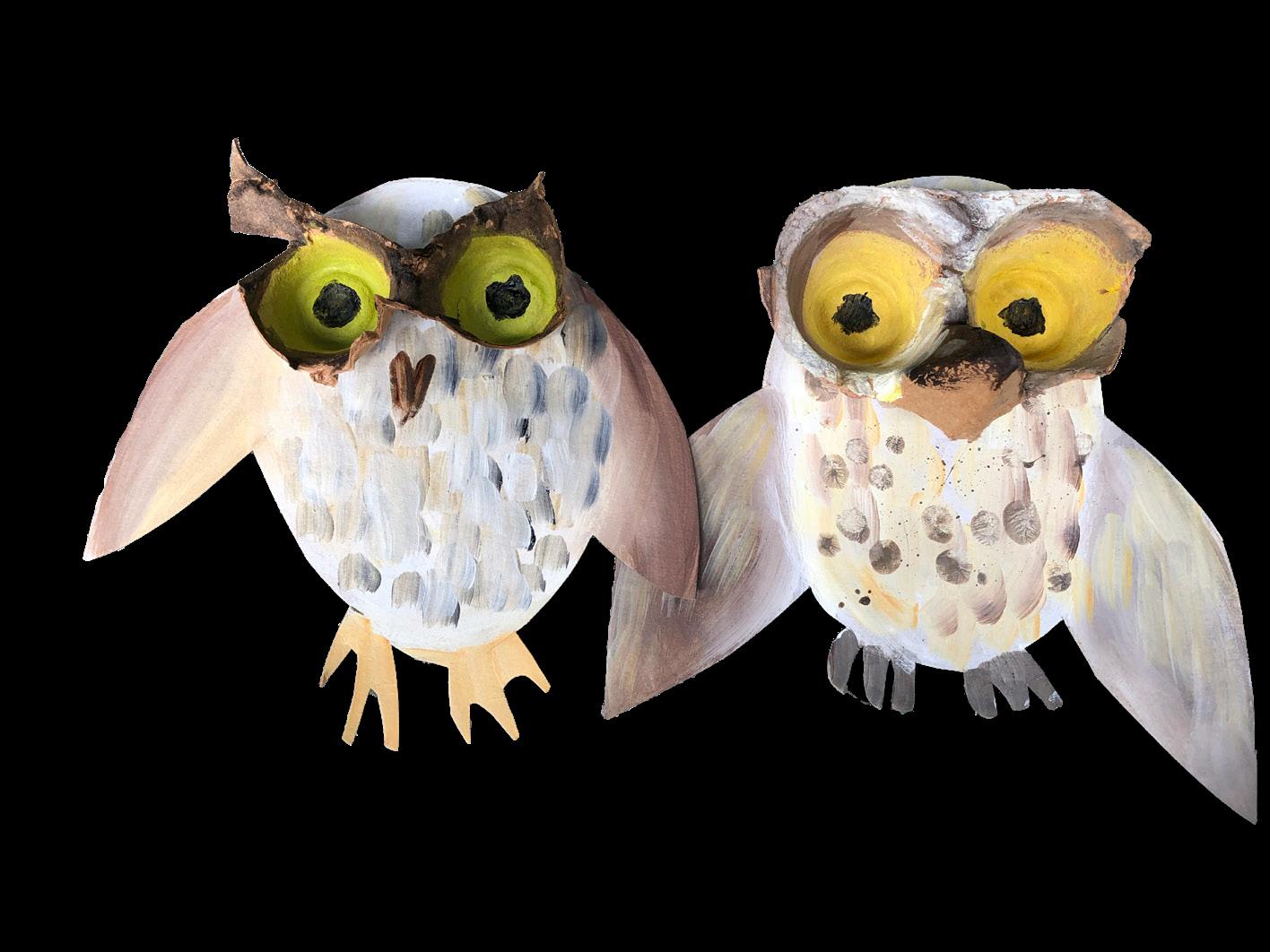
Hoot hoot!
PUMPKIN HEAD
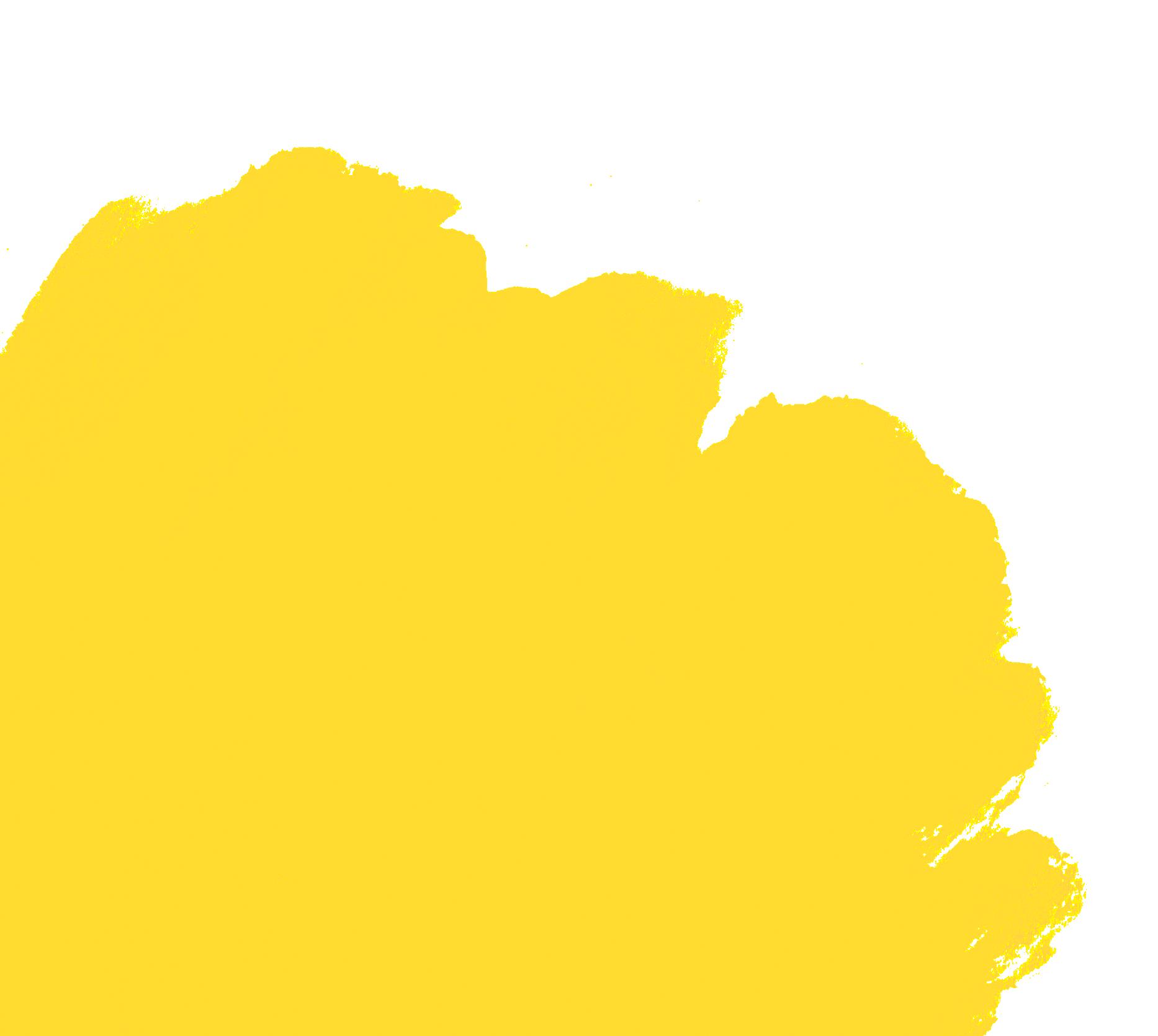
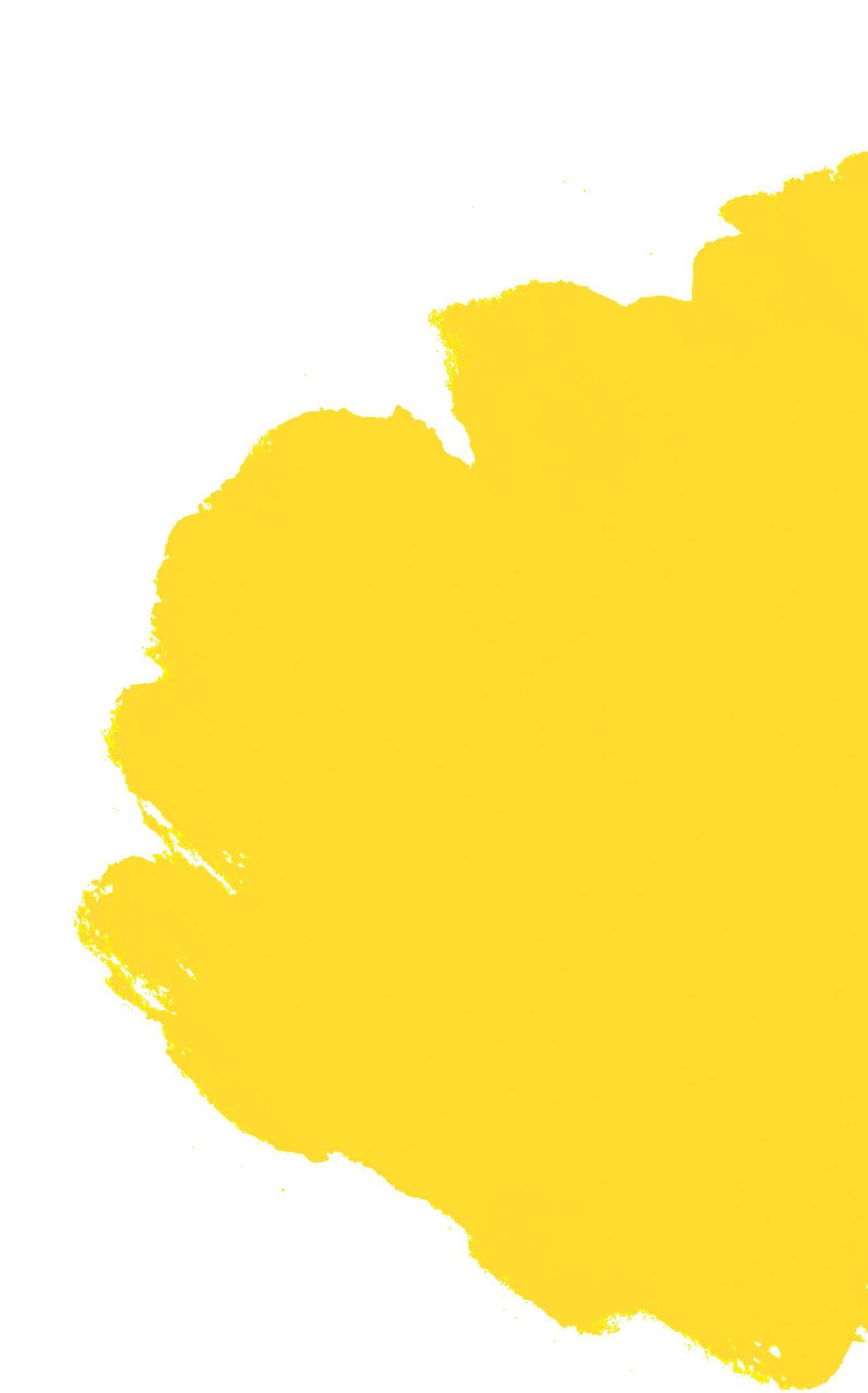
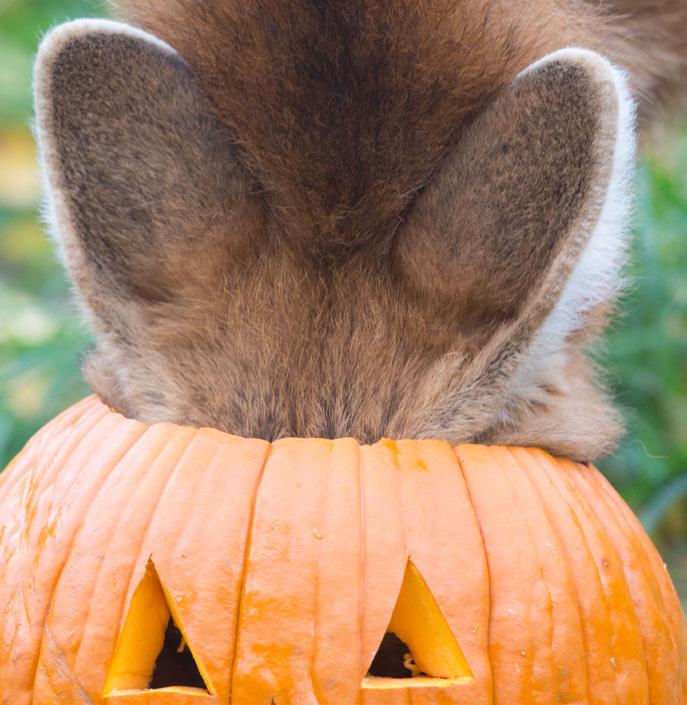
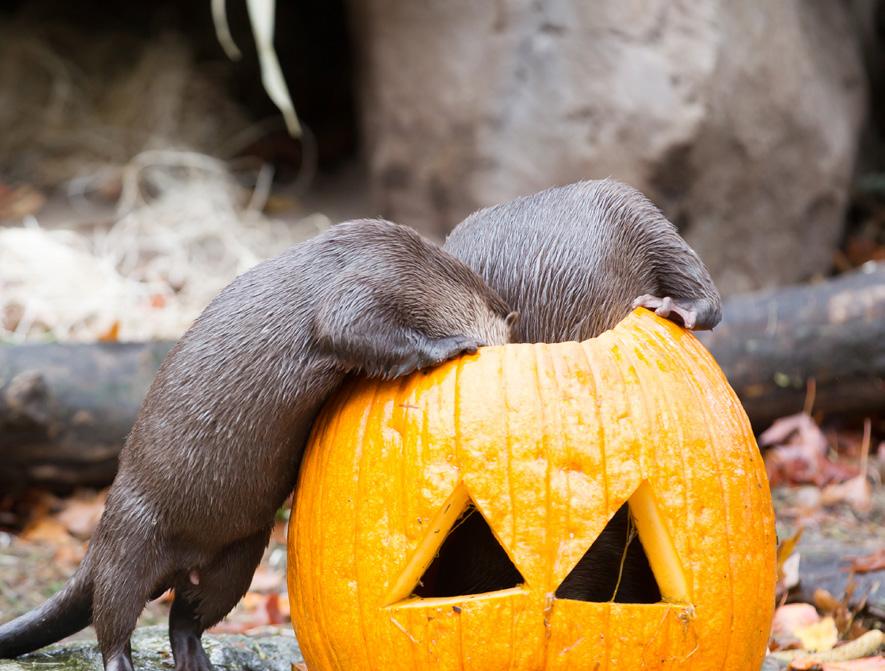
Three animals stuck their heads into pumpkins! Can you help animal keepers tell who is who?
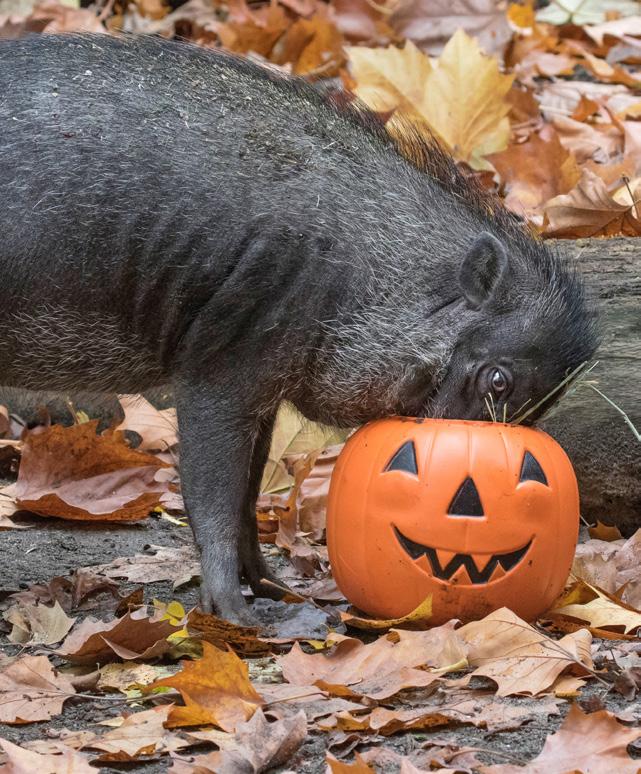
A VIRTUAL EVENT Thursday, Oct. 22
7:00-9:00 PM


Brew with the Zoo back cover space 8” wide x 7.15” tall coming draft #2



